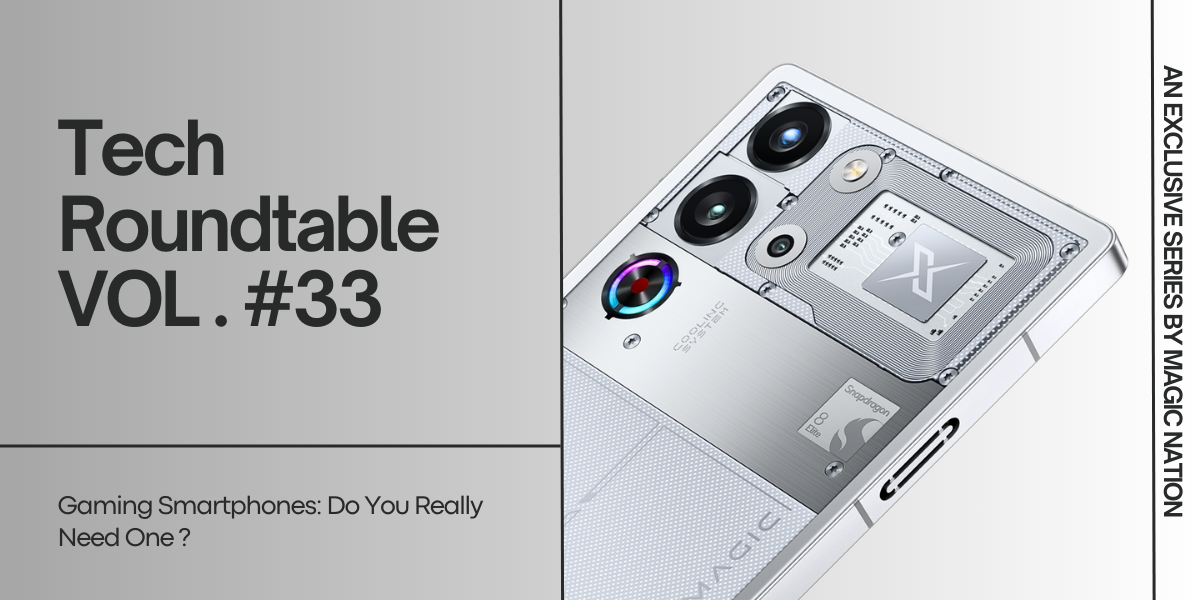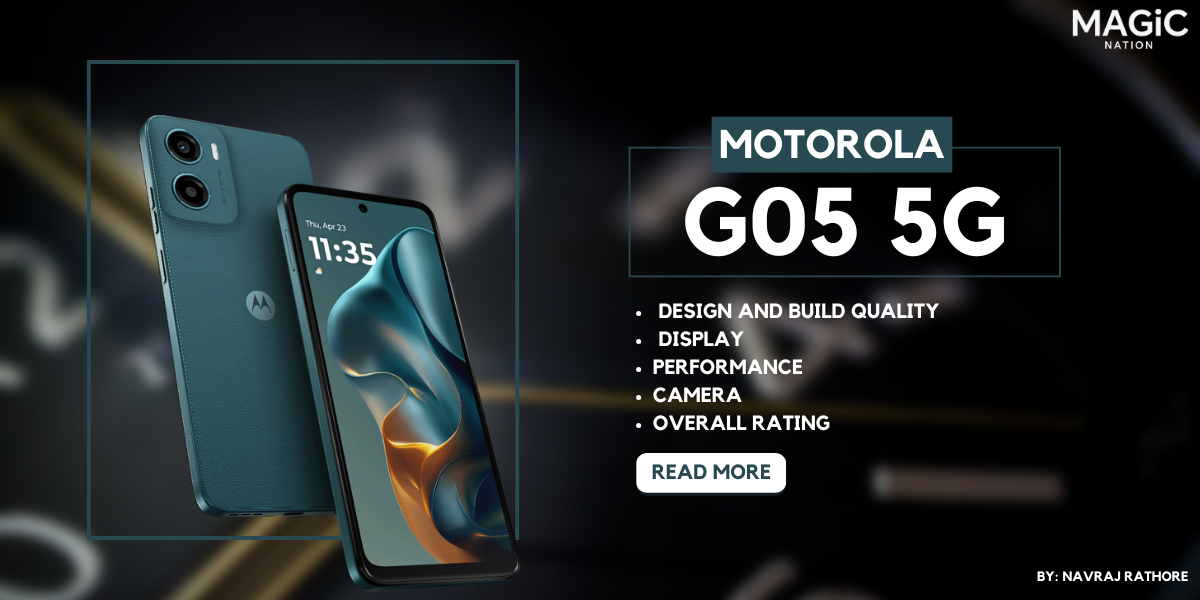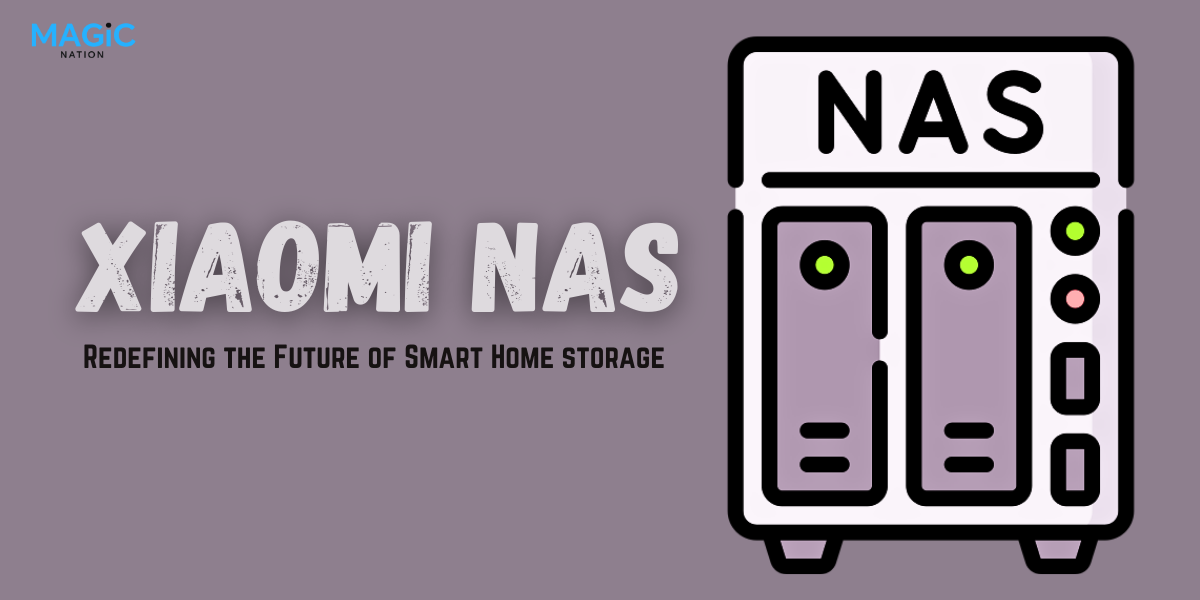
Hola Amigos,
I hope you all are doing well and eXcited about the HonorX9b, which you just witnessed and are going to experience very soon. How much do you like the launch event and launched products? Share your excitement and review in comments
Virtual Reality (VR):Today, I'll be discussing the Future of Virtual Reality (VR) & Augmented Reality (AR), but before that, we will see what these terms signify, so let's get started:
Virtual Reality (VR) is a computer-generated environment with scenes and objects that appear to be real, making the user feel immersed in their surroundings. This environment is perceived through a device known as a Virtual Reality headset or helmet. VR allows us to immerse ourselves in video games as if we were one of the characters, learn how to perform heart surgery, or improve the quality of sports training to maximize performance.

Although this may seem extremely futuristic, its origins are not as recent as we might think. In fact, many people consider that one of the first Virtual Reality devices was called Sensorama, a machine with a built-in seat that played 3D movies, gave off odours, and generated vibrations to make the experience as vivid as possible. The invention dates back as far as the mid-1950s. Subsequent technological and software developments over the following years brought with them a progressive evolution both in devices and in interface design.
Main applications of Virtual Reality:
Any idea What industries are now utilizing virtual reality? Medicine, culture, education, and architecture are among the fields that have already benefited from this technology. VR enables us to cross previously inconceivable limits, from guided museum trips to muscle dissections.

Augmented Reality:
Augmented reality (AR) is an enhanced version of the real world, achieved through the use of computer-generated digital information. These include visual, sound, and other sensory elements. AR uses computer hardware and software, such as apps, consoles, screens, or projections, to combine digital information with the real-world environment.
AR is a growing trend among companies developing metaverse solutions, particularly in mobile computing and business applications. Unlike Virtual Reality (VR), which creates a completely immersive digital environment, AR overlays digital content onto the real world.


AR technology has its roots in the early 1960s, when Ivan Sutherland developed the first head-mounted display system. Since then, AR technology has undergone significant development, with various forms of AR becoming available to consumers. The evolution of AR technology has led to the creation of products like Google Glass, HoloLens, and Pokémon Go.

Main applications of Augmented Reality:
Augmented Reality (AR) has highly advanced and developed over recent years. Yet the world of Augmented Reality is not just limited to the fun Snapchat filters we get to apply on our smartphones, as fun as they might be, nor to a game of Pokémon Go.
From interactive and engaging weather reports to assisting fighter pilots in locating their targets day or night, AR has now established itself as an impressive tool for the industry as well as the public.

It sounds confusing, isn't it? Don't worry, I got you, Let's talk about the differences and similarities about VR & AR, which will clear all the confusion from your mind
Differences & Similarities:

I hope now you can all tell us about the differences & similarities between VR and AR. Virtual Reality (VR) and Augmented Reality (AR) have come a long way since their inception. With advancements in technology, these immersive experiences are poised to revolutionize various industries. As we all know, Apple Vision Pro is gaining popularity among techies and geeks; everyone wants to experience it, and future will be way more vast than this Let's delve into the future possibilities of VR and AR:
1. Enhanced Entertainment Experiences:
The future holds immense potential for VR and AR in entertainment. From gaming to movies, these technologies can transport users into virtual worlds or overlay digital elements onto the real world. As hardware becomes more accessible and content creators push boundaries, the line between reality and fiction will continue to blur.
2. Transforming Education:
VR and AR have already started making waves in education, but their full potential lies ahead. These technologies offer students interactive and experiential learning opportunities that traditional methods cannot match. Imagine exploring ancient civilizations or dissecting virtual organisms, all from the comfort of a classroom.
3. Revolutionizing Industries:
Beyond entertainment and education, VR and AR are set to transform multiple industries like healthcare, architecture, tourism, retail, manufacturing, and more. Surgeons can practice complex procedures using realistic simulations; architects can visualize designs in 3D space; tourists can experience destinations before booking trips – the possibilities are endless.
4. Remote Collaboration & Communication:
As remote work becomes increasingly common globally, VR and AR hold promise for enhancing collaboration among geographically dispersed teams. Immersive environments can facilitate realistic face-to-face interactions while enabling shared experiences like brainstorming sessions or training programs.
5. Advancements in Wearable Devices:
The future of VR/AR heavily relies on advancements in wearable technology such as smart glasses or contact lenses that seamlessly integrate with our daily lives without bulky headsets or handheld devices. As these devices become lighter, more comfortable, affordable, and socially acceptable, their adoption is expected to skyrocket.
As mentioned previously, Apple’s Vision Pro is a highly promising advancement in the AR/VR market. Boasting cutting-edge attributes like high-resolution displays, an extensive range of sensors, built-in spatial sound, as well as eye and gesture tracking functionalities, it looks like a highly functional business solution.
Though there are certain issues and concerns that need to be taken into account, the future of virtual reality and augmented reality appears bright, and users are enthusiastic about the direction the technologies are taking.
Challenges and Considerations:
While the future of VR and AR is promising, there are challenges to overcome, including concerns about privacy, ethical considerations, and the need for widespread adoption. Additionally, advancements in artificial intelligence and machine learning will play a crucial role in enhancing the capabilities of these immersive technologies.
Here we reach the conclusion of the future possibilities of VR and AR:
Conclusion:
I hope you learned something from this post, and I'll continue to share more helpful tech posts in the future. Please let me know your thoughts; I'll be pleased to read them. Let's get together soon.Virtual Reality (VR) & Augmented Reality (AR) are poised to shape the future in ways we can only imagine. From revolutionizing entertainment and education to transforming industries and enhancing remote collaboration, these technologies hold immense potential. As technology continues to evolve, it is an exciting time for VR and AR enthusiasts as they witness the dawn of a new era of immersive experiences.
Chao
Prateek Parashar










